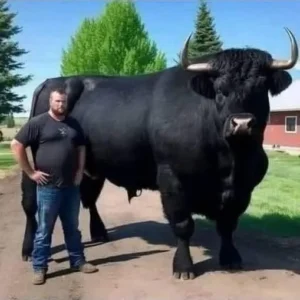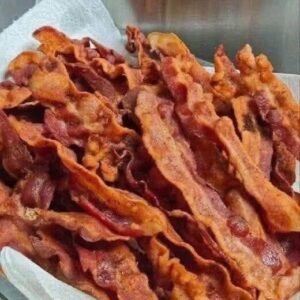Spotted a Strange Park Pole?
Those Aren’t Cameras—They’re Homes for Birds!
If you’ve noticed a tall pole topped with white, pod-like structures in your local park, you’re not alone. At first glance, they might look like surveillance gear or weather instruments. But don’t be fooled—these futuristic-looking poles are actually Purple Martin gourd houses.
Meet the Purple Martin
North America’s Largest Swallow
Purple Martins are the largest swallows on the continent. With glossy, dark-blue feathers and incredible flight skills, they’re easy to spot and fascinating to watch. You’ll often see them swooping through the air, catching insects mid-flight.
Unlike most birds, martins depend on man-made housing—especially in the eastern U.S., where tree cavities have become rare. That’s why generations of bird lovers, known as “martin landlords,” provide nesting homes to help them survive.
Why the Gourd Design?
A Modern Take on a Historic Idea
Those round white pods are modern versions of traditional gourd houses. Native Americans and early settlers used real gourds, hollowed and hung to attract martins. Today’s designs use durable plastic but follow the same concept.
Gourd houses offer:
-
Plenty of space for nests.
-
Elevated protection from predators.
-
Built-in ventilation and drainage to keep chicks healthy.
They’re often grouped together on one pole, mimicking the birds’ natural love of social nesting.

Why Are They in Parks?
Open Space Is Prime Real Estate
Purple Martins prefer wide-open spaces without tall trees. Parks offer the perfect setting—unobstructed skies, clear sightlines, and safe flight paths.
These gourd houses help:
-
Support conservation by providing critical nesting spots.
-
Naturally reduce insect populations (martins eat tons of bugs!).
-
Educate visitors and offer a fun bird-watching experience.
Birding groups and local governments often monitor these colonies to ensure their success.
What You’re Actually Seeing
Here’s a Breakdown
If you take a closer look at the setup, you’ll likely spot:
-
Multiple gourd-shaped units, each a separate nest.
-
A telescoping pole or pulley system to safely lower the houses for inspection.
-
Shiny guards near the base to block snakes or raccoons from climbing up.
Final Thought
Next time you pass one of these poles, take a moment to look up. You’re not just seeing strange gear—you’re witnessing a little piece of conservation in action.





